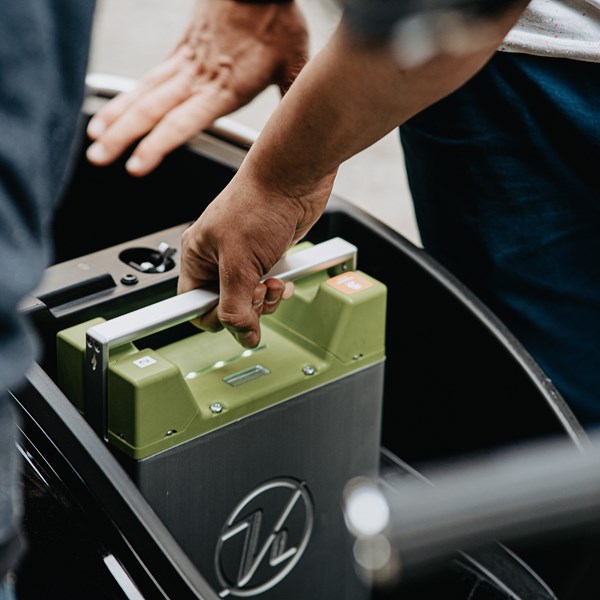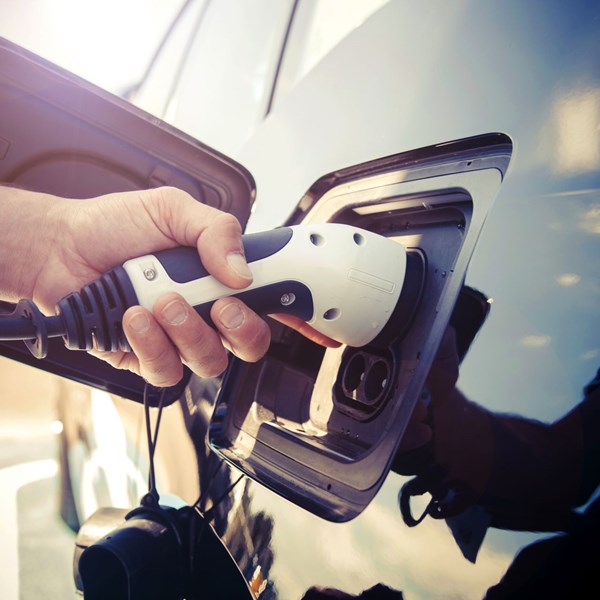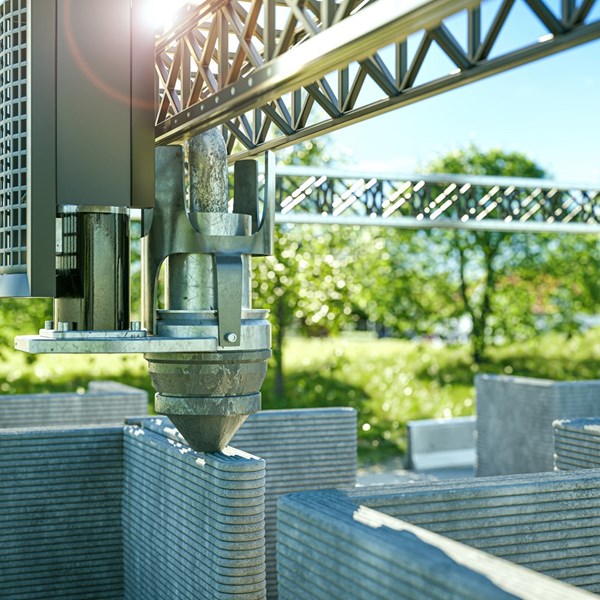The need for green aviation is of course critical, but how close are we to green aviation?
The aviation industry burns a huge amount of fossil fuel to make its aircraft fly. Its fuel consumption is now responsible for between 2.5% to 2.8% of global CO2 emissions every year. When this is added to aircrafts’ other gas emissions and vapour trails, aviation’s contribution to climate change could be as much as 5%.
As with every other industry, aviation must decarbonise. It is absolutely essential that aviation addresses its CO2 emissions and finds new ways to measure, track and - most importantly - reduce its emissions.
However, making the aviation industry carbon neutral by 2050 - a target the world’s largest airlines committed to at the IATA AGM in 2021 - is not going to be an easy task. The fact flight has always depended on fossil fuels means sustainable or, as it’s now known, ‘green aviation’ is probably still some way off.
WHAT IS NEEDED TO MAKE GREEN AVIATION A REALITY?
IATA have said that there are four pillars to achieving sustainable aviation:
1. Technology
Technology covers a wide range of possible solutions. All are being examined, but new aircraft fuels and new aircraft are undoubtedly going to be the most significant.
Sustainable aviation fuels sourced from biofuels and other sources including plants, algae, cooking oil and even municipal waste are now a reality. However, they are not being produced, delivered or used on anything close to the required levels. This must be addressed, especially as IATA believes sustainable fuels will be a key driver in delivering net zero aviation.
This is already more than a long-term objective.
In 2019, Etihad Airways ran a commercial flight using a plane powered by a mix of jet and biofuel made from Salicornia, a plant that grows in the Abu Dhabi desert. In fact, Qantas, United, Virgin and Alaska Airlines have now run more than 170,000 flights using biofuel blends.
With regards to new aircraft, huge strides towards producing electric and hydrogen-powered planes have been taken. The aim is to have these in commercial service by 2035.
2. Operations
Changing an airline’s fleet is both expensive and time consuming. While the transition is being made, airlines can begin to improve environmental efficiencies by improving their operations.
Carbon emissions can be reduced by better flight planning, taking strides to lower airport congestion and waiting times, and by reducing the weight of airborne aircraft.
Similarly, improvements to navigation such as finding more direct routes between countries and even altering destinations will also reduce flying time, congestion and emissions.
3. Infrastructure
Better airports will create a better aviation industry.
If airports can insist on airlines using sustainable fuels, they will cut emissions. This can be complemented by ensuring any refurbishments, upgrades or extensions utilise the latest in carbon zero materials and processes in the same way as Oslo, Bergen, Los Angeles and Stockholm’s airports already have.
4. Economics
It will be controversial, but economic instruments like taxation could play a major part in reducing the aviation industry’s carbon emissions. Higher taxes could raise the cost of flying which would likely reduce the demand to fly.
Government incentives rewarding reduced carbon emissions could also be a possibility. These types of schemes have already been well received by other industries.
The difficulty here is flying is a must have for many very profitable and economy-critical industries, so there could be a delicate balancing act for governments to find in terms of offsetting the aviation industry’s emissions against gains made in other sectors in the short term.
WHAT ARE THE BARRIERS TO GREEN AVIATION?
So, if the technology is not only there but also being used, what is stopping green aviation from really taking flight?
First off there is the financial aspect.
Brand new jets cost hundreds of millions of dollars and if an airline has only recently upgraded their fleets, replacing their planes with more environmentally friendly units or revamping their existing units with more environmentally friendly technology will not be an attractive option.
However, even if airlines are willing to commit to flying greener aircraft, there is an issue around production. New green aircraft are not currently being made in the necessary numbers. There is, on average, a five year waiting time for delivery.
This has a knock on effect on the adoption of sustainable fuels. If there aren’t the planes to use sustainable fuels, there will not be the level of demands for sustainable fuels an energy company needs to make them a commercially viable product.
Similarly, although electric planes have been proven, battery manufacturers have not yet been able to invent a battery with the life or aerodynamism that can support long or even average commercial flights. This means that for the foreseeable future, electric aviation is only feasible for local flights.
As with so many green technologies, the solution to widescale adoption appears to lie in innovation. Can we perfect sustainable fuels? Can we create batteries with the required capacity? Can we produce an environmentally friendly commercial fleet? Can we build truly sustainable airports?
We’d say the answers to all these questions is already an emphatic yes. The issue now is to innovate to find ways of utilising what we know at a scale that can help the aviation industry hit its target of becoming carbon zero by 2050.
If you would like to discuss how best to protect and maximise the value of any sustainable technology, please contact our specialist cleantech team today.







